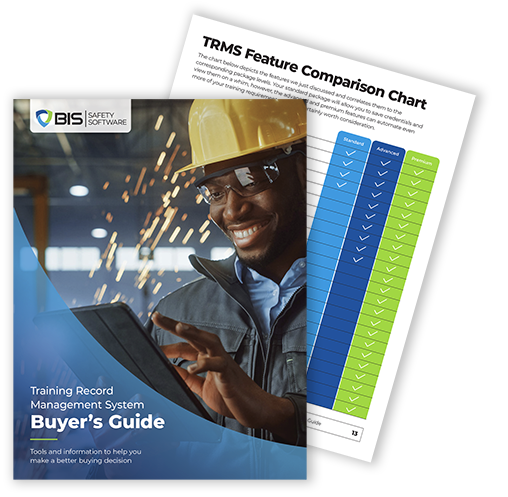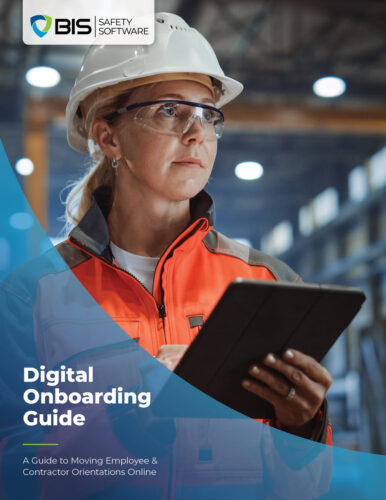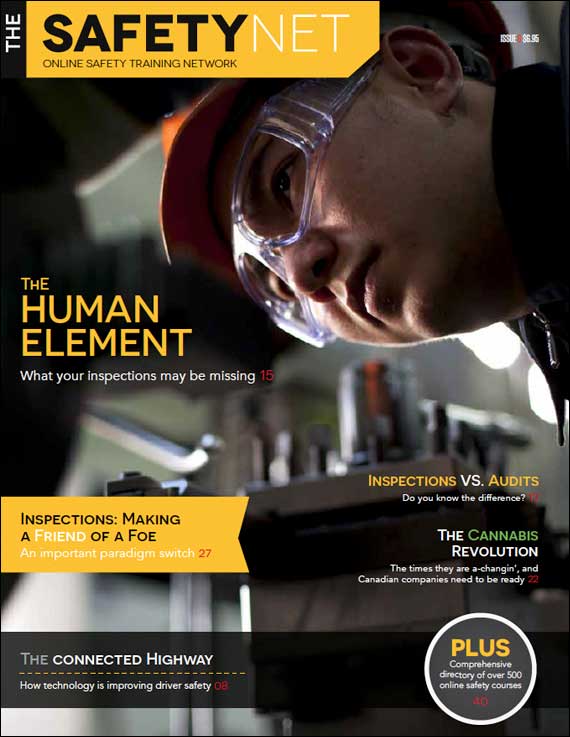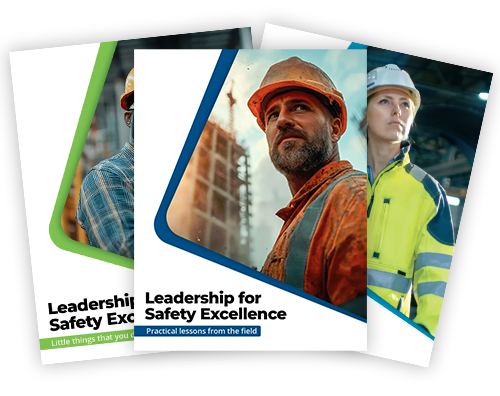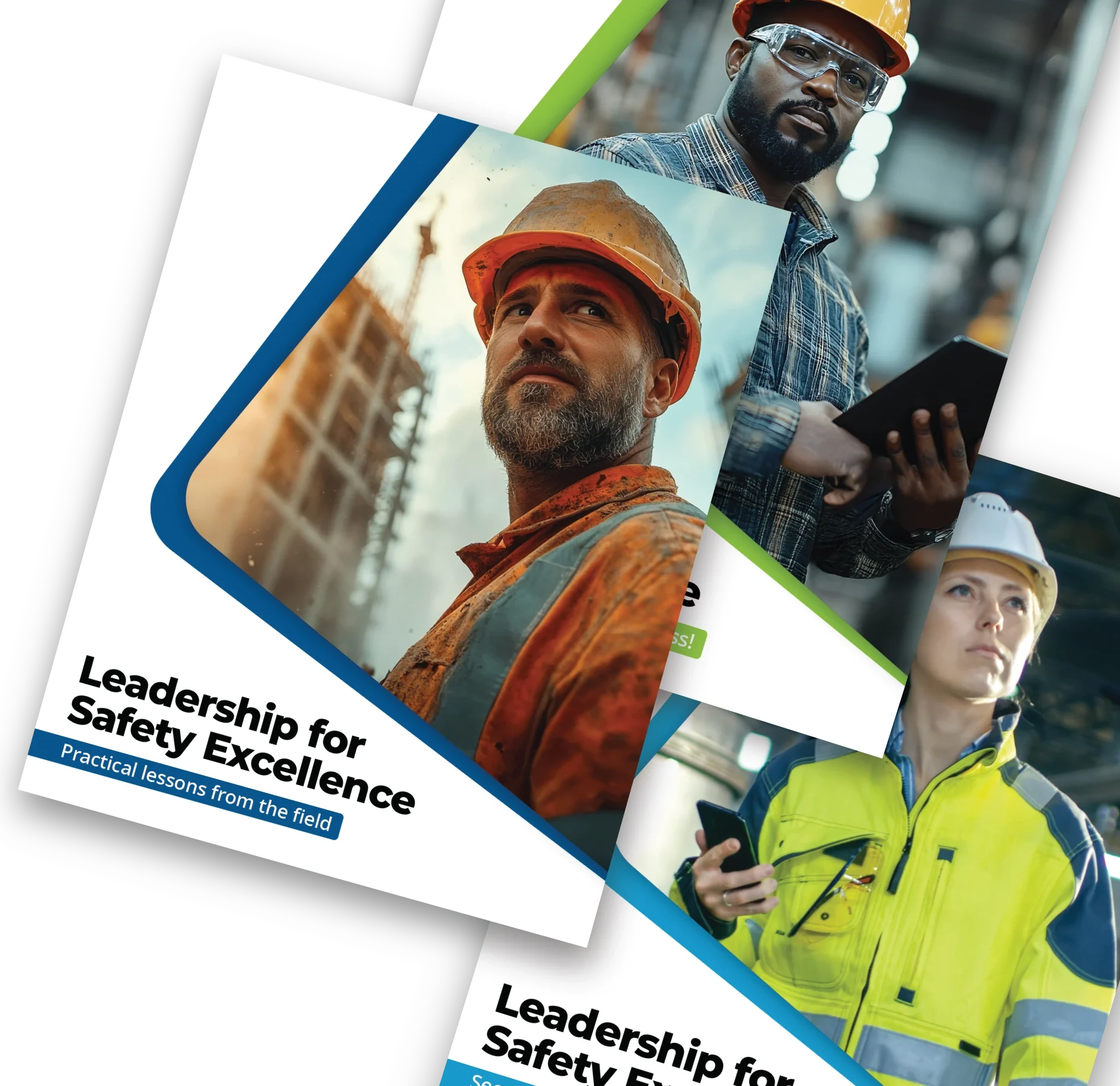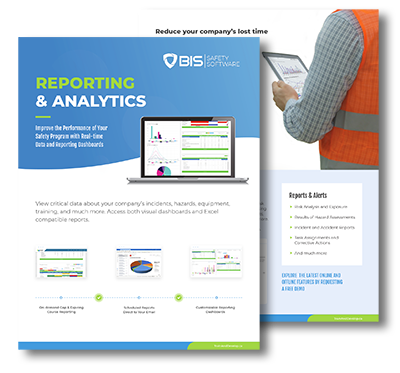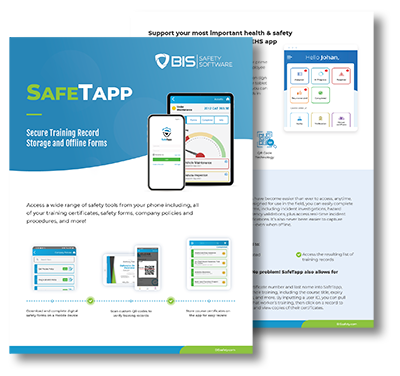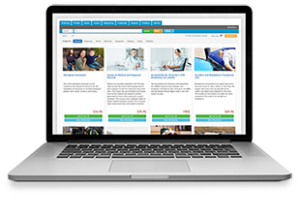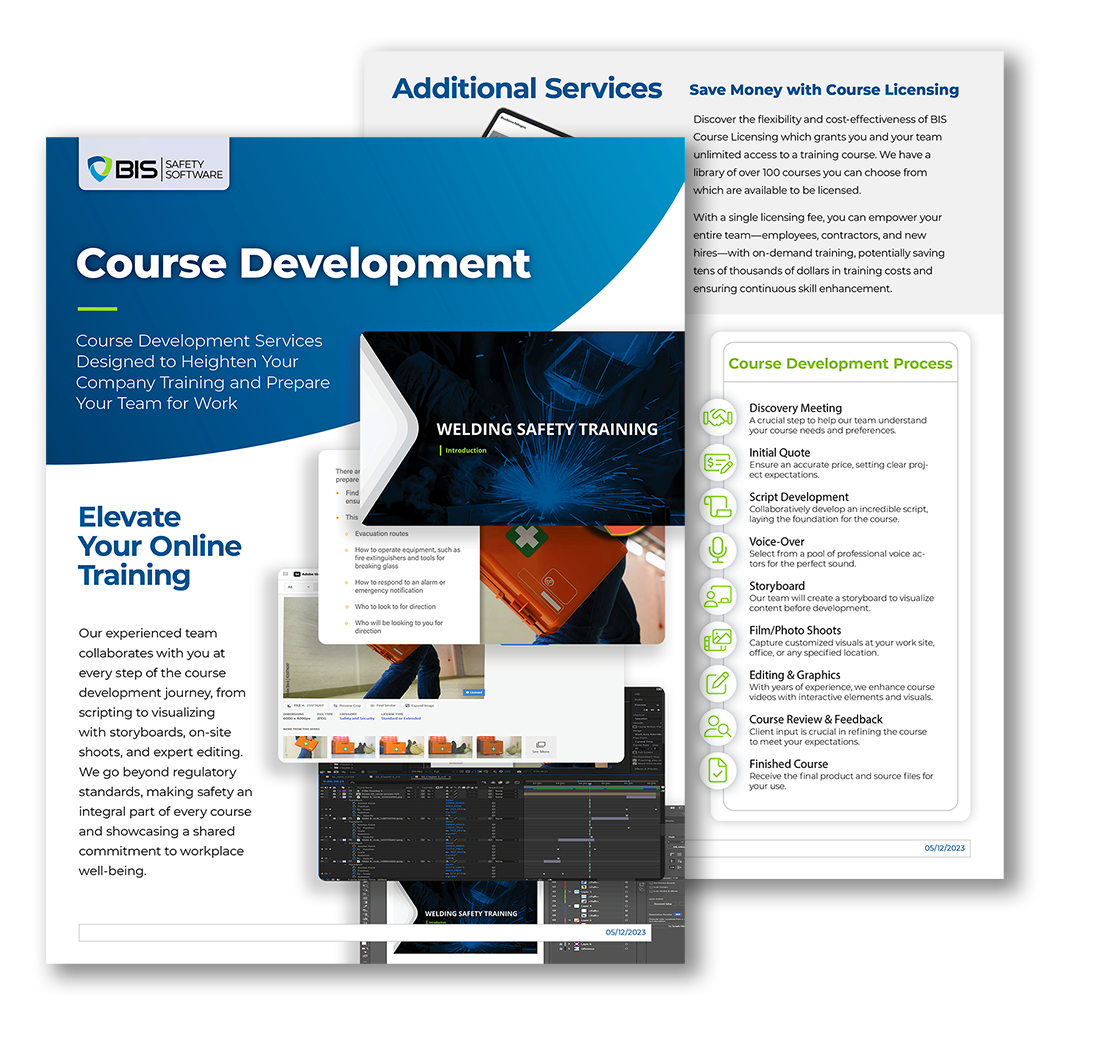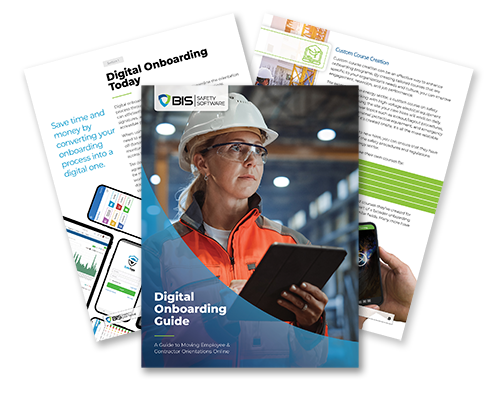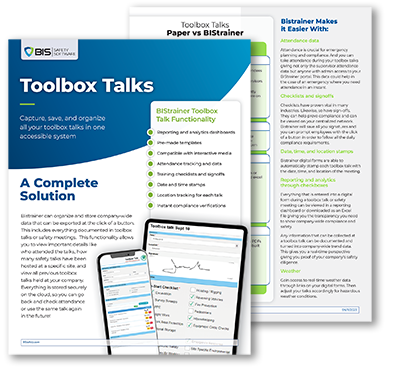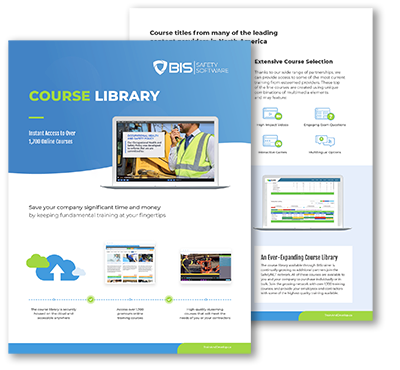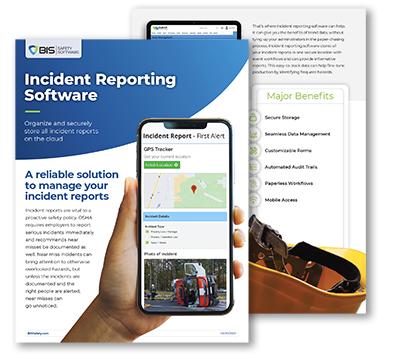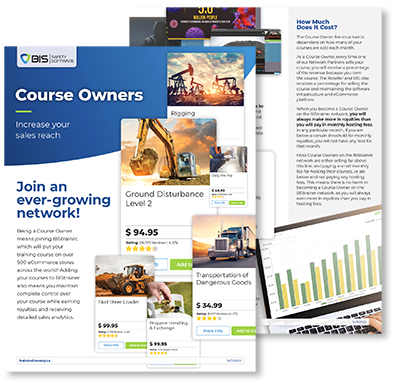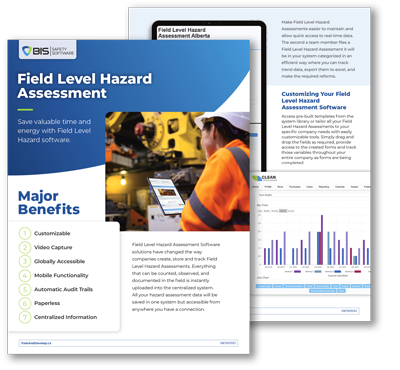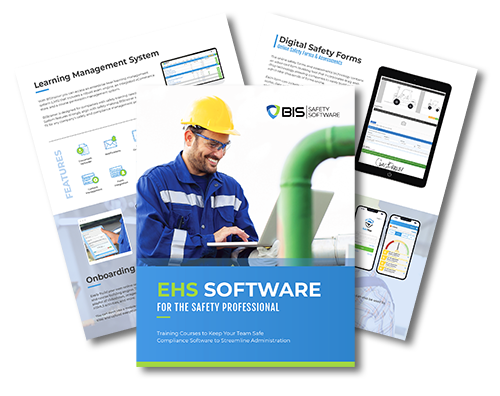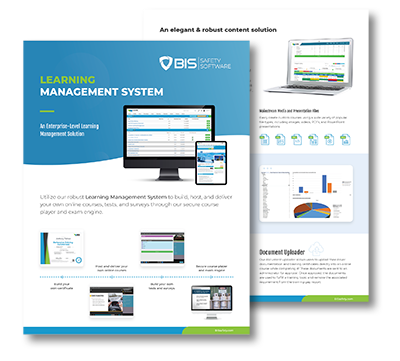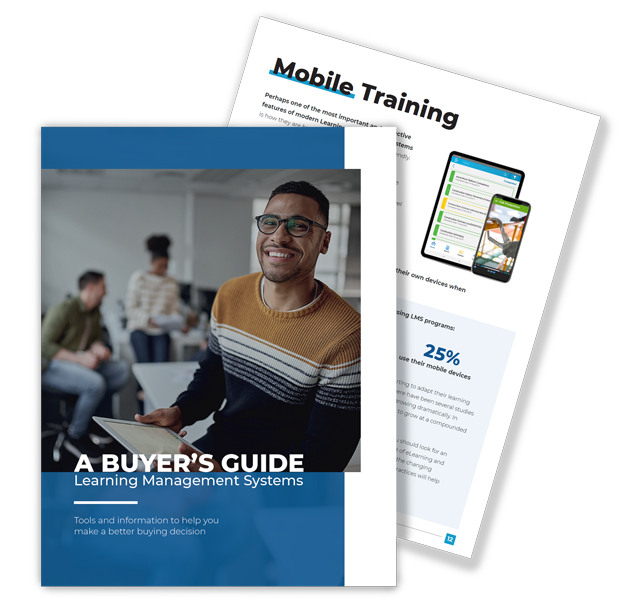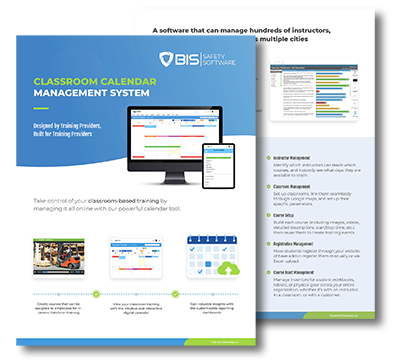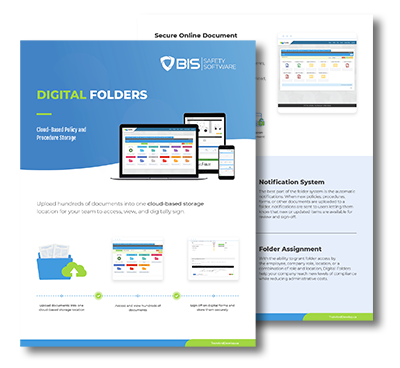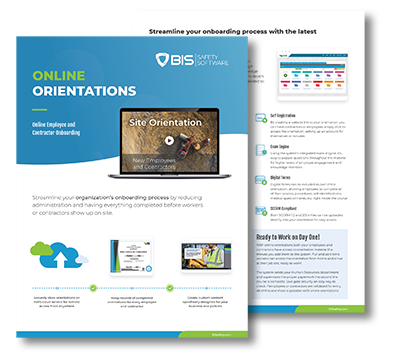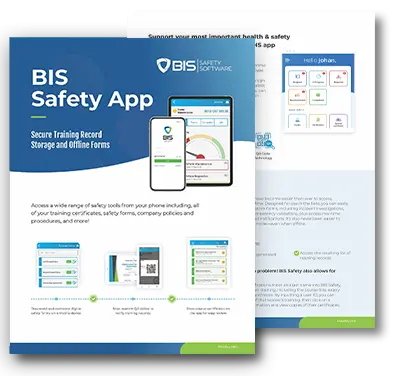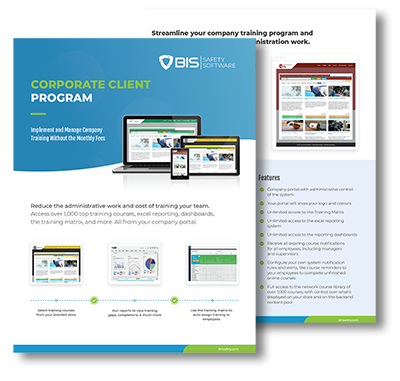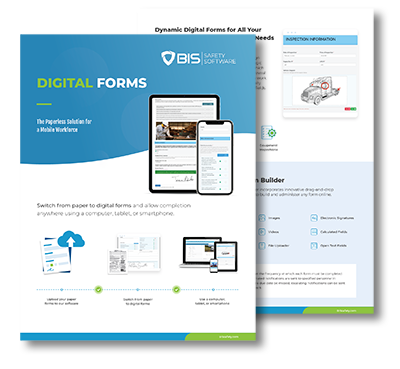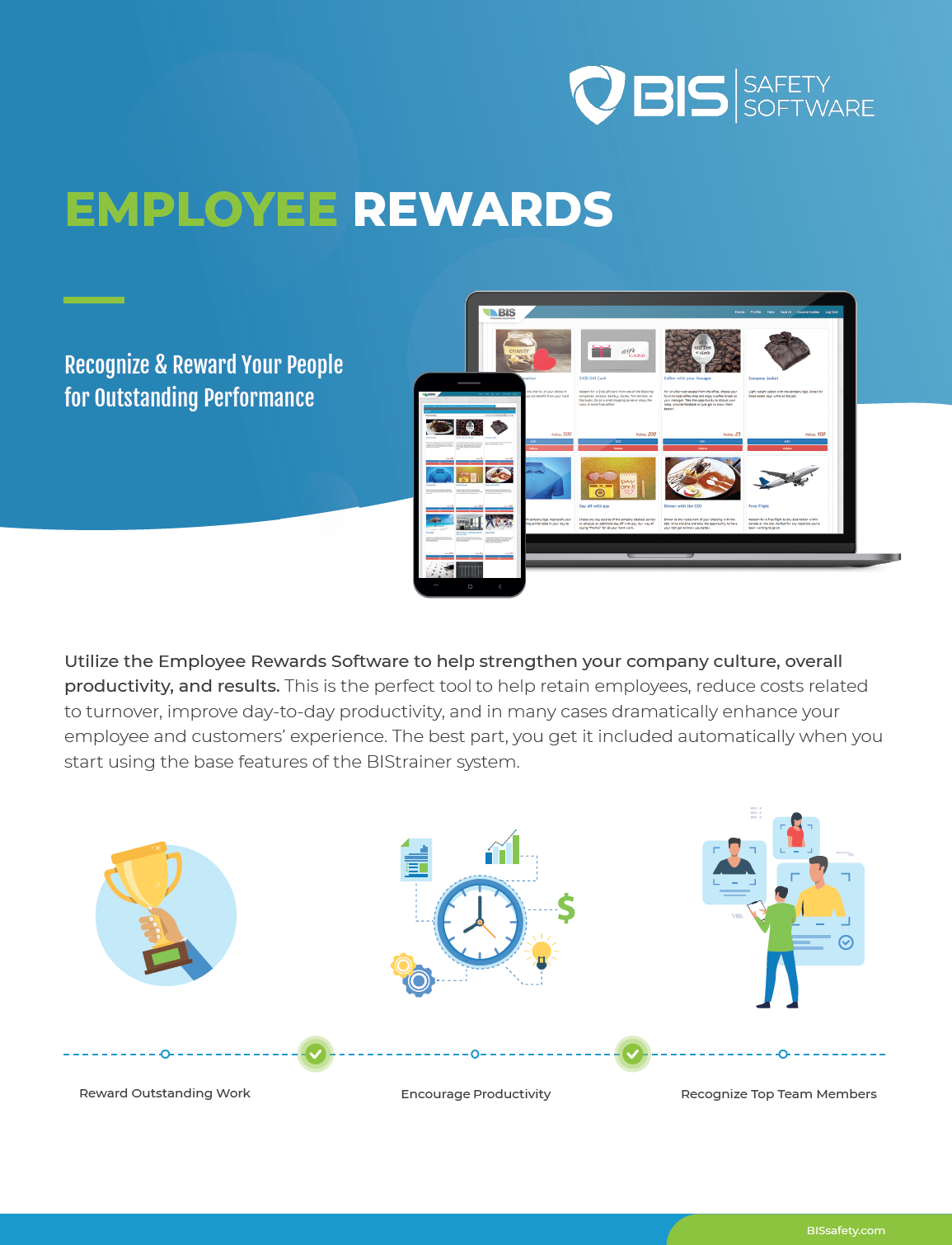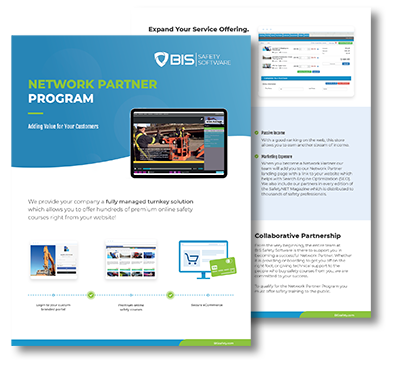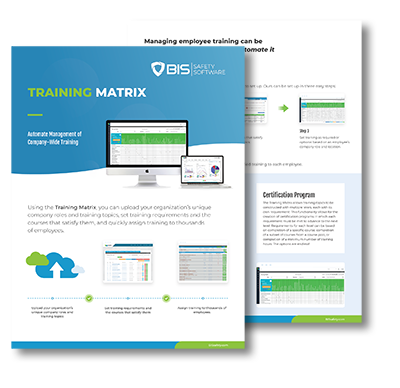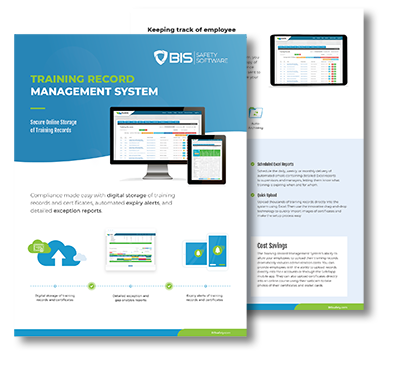
10 Onboarding Software Features Every Safety Team Needs
Onboarding is more than just a new hire checklist. It’s the first, and often most important step in shaping your safety culture. When done right, onboarding can cut down risks, boost productivity, and make new workers feel confident from day one.
So, what separates average software from truly effective onboarding tools? Here are 10 features safety leaders should demand.
1. Mobile Access With Offline Support
Whether new hires are onboarding from remote job sites or mobile trailers, mobile-first design ensures training never stops—even when internet access does.
2. Smart Automation for Tasks and Alerts
Automate assignments, send deadline reminders, and trigger alerts when important tasks are missed. Less admin work. More accountability.
3. Built-In Digital Signatures
Make sure acknowledgments, agreements, and records are captured with e-signatures and timestamps, all built into the platform for a complete audit trail.
4. Customized Learning by Role
No two jobs are alike. Deliver relevant onboarding paths based on job title, location, or safety requirements to keep training efficient and focused.
5. Live Dashboards for Tracking Progress
Supervisors need clear oversight. Use visual dashboards to monitor completion rates, overdue tasks, and onboarding status in real time.
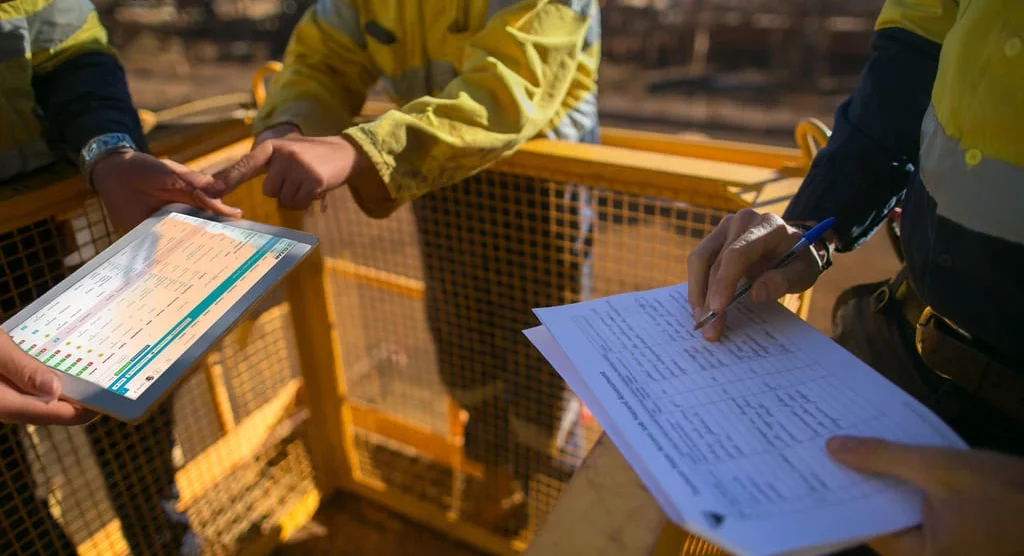
6. Embedded Safety Content and FLHA
Safety-first onboarding includes:
- Hazard briefings tailored to the role
- Digital FLHAs and toolbox talks
- Immediate access to safety training
All from the same platform.
7. Inclusive and Multilingual Design
Support everyone on your team with features like:
- Multiple languages
- Visual-first content
- Read-aloud functionality
Inclusion strengthens safety outcomes.
8. Instant Access Credentials
Print badges, issue QR codes, or generate digital access passes the moment onboarding is complete, cutting delays at the gate.

9. Document Management and Compliance
Securely store training records and signed forms. Set up reminders for expiring certifications and be audit-ready at any time.
10. Analytics That Lead to Action
Know what’s working and what’s not. Analyze onboarding data to improve training, uncover bottlenecks, and link onboarding to safety KPIs.
Build Onboarding That Builds a Safer Team
Modern onboarding software should simplify the process, speed up readiness, and enhance workplace safety. With these ten features in place, your software becomes a powerful safety asset.








